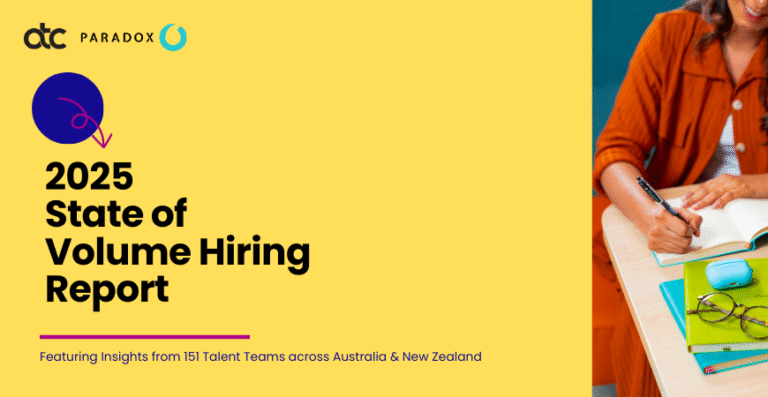Melissa A. Wheeler, RMIT University
Should employers prioritise efficiency at all costs? It might seem like a good idea. More processes than ever before can now be automated with robotics, artificial intelligence and other technology.
But in case after case, we’ve also seen technology usher in a whole new era of workplace surveillance. Companies have powerful new tools to track employees and monitor their productivity in detail, raising obvious concerns.
Reporting in The Guardian this week only highlighted the most recent example. Woolworths has been criticised for allegedly having “unrealistic” expectations about the productivity of its warehouse pickers – workers who travel from aisle to aisle to select required products.
A new framework, introduced by the supermarket giant last year, reportedly aims for pickers to reach 100% efficiency, putting those who fall short into a coaching program.
Regardless of whether efficiency tracking practices are right or wrong in a moral sense, a more fundamental question arises. Does increased surveillance and productivity measurement actually increase employee performance?
What gets measured gets done, right?
Scientific management approaches that treat workers as cogs in a machine have a long history, originally developed to optimise manufacturing output.
You’d think that by now, we might have moved on to something more human-centric. But the rise of constant monitoring for employees – both onsite and remote – suggests otherwise.
This was likely helped by the shift to remote work in the wake of the pandemic, which thrust digital surveillance technology into the mainstream. Bosses all around the world had to grapple with a new workplace reality.
Anna Shvets/Pexels
But given the newness of many of these technologies, there’s only limited research on their effectiveness.
A 2023 systematic literature review, by University of Turin’s Elisa Giacosa and colleagues, explored the outcomes of digital surveillance on employee performance and other measures. Across 57 empirical studies published on the topic, they found the results were mixed.
Some studies revealed worker surveillance had a positive impact. Workers who knew they were being observed felt more motivated to perform at a high level, acknowledging the benefits of being measured objectively.
Greater objectivity helps workers know what it takes to be positively evaluated by their employers, and it might translate to subsequent rewards.
But other studies showed the opposite effect. Employees who knew they were being monitored performed poorly, perhaps in retaliation for being constantly observed or timed.
When evidence is mixed, researchers cannot conclude if the intervention – digital surveillance in this case – is or isn’t effective. But that doesn’t stop companies from applying such ambiguously effective approaches in the meantime.
Trust is also important
There seems to be a paradox between surveillance and performance that goes beyond discussions of its effectiveness. When surveillance is enforced, employers have greater control over the work that can be accomplished by employees. But it can also signal a lack of trust.
By definition, seizing greater control is incompatible with communicating trust. Companies who choose to monitor the keystrokes of remote workers or the number of items that can be picked by warehouse workers may only be maximising outcomes in the short term.
Dissatisfied workers who are tired of being treated as robots with heartbeats will often look elsewhere for better conditions. Increases in turnover lead to massive inefficiencies due to having to recruit and train new workers who may also turn away in search of more fulfilling work.
A recent survey conducted by Slack found that about 25% of desk workers didn’t feel trusted at work. Those feeling this lack of trust were two times more likely to look for other work.
Employers must tread carefully
Employers need to carefully weigh the pros and cons when thinking about this issue.
Tracking techniques can reduce the amount of time workers spend on non-work, such as chatting at the water cooler onsite or surfing social media remotely. Such monitoring could even help employers flag some security and safety issues.
But monitored employees will detect the lack of trust and feel anxious under constant scrutiny and unrealistic goals. Their creativity may even be stifled, if they feel they have no time to problem-solve or think critically.
Excessive scrutiny creates psychological discomfort, inhibiting risk-taking and experimentation – essential building blocks for creativity and innovation.
Given the lack of consistent evidence on the topic, those who are considering implementing surveillance technology may first want to consider alternative ways to improve efficiency.
This could be by automating processes that can be automated. But it could also include creating psychologically safe workplaces for employees, developing their internal motivation to perform and thrive.
When employees feel they are trusted and safe to experiment and make mistakes, they are driven to high performance by their own sense of pride and accomplishment – independent of external rewards or punishment. ![]()
Melissa A. Wheeler, Senior Lecturer, Graduate School of Business and Law, RMIT University
This article is republished from The Conversation under a Creative Commons license. Read the original article.






